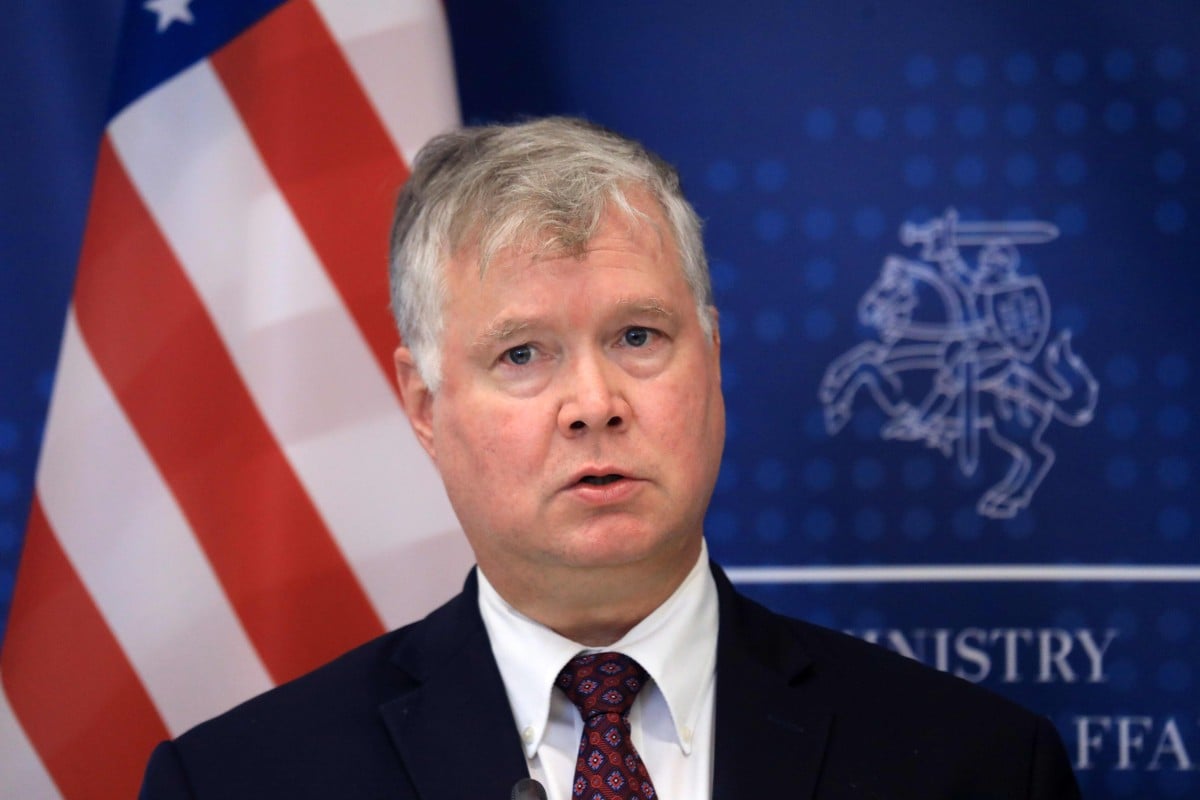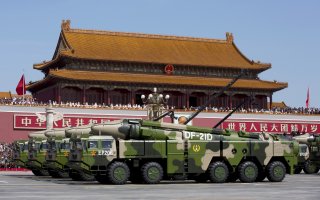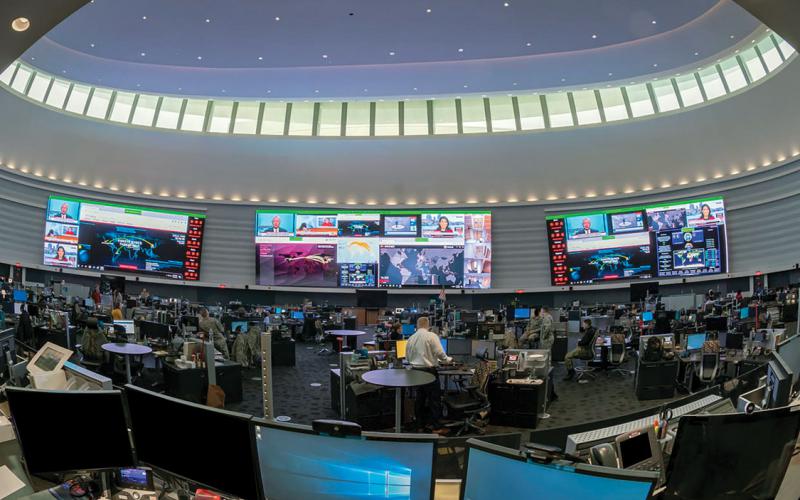 Forget the new Cold War in the Pacific between the United States and China. There’s a much warmer war already going on between India and China that has killed at least 20 on a disputed border in the high Himalayas. At sea, China is attempting to encircle India with a series of alliances and naval bases evocatively known as the string of pearls. China’s greatest vulnerability in its strategy to dominate the Indian Ocean—and thereby India—is the Malacca Strait, a narrow sea lane separating Singapore and Sumatra, through which so much marine traffic must pass that it’s both a lifeline for China’s seaborne trade and the main path for its navy toward South Asia, and points further west. With regards to China’s rivalry with India—and its strategic ambitions in Africa, the Middle East, the Mediterranean, and beyond—anything that reduces the dependency on one narrow chokepoint between potentially hostile powers is vital.
Forget the new Cold War in the Pacific between the United States and China. There’s a much warmer war already going on between India and China that has killed at least 20 on a disputed border in the high Himalayas. At sea, China is attempting to encircle India with a series of alliances and naval bases evocatively known as the string of pearls. China’s greatest vulnerability in its strategy to dominate the Indian Ocean—and thereby India—is the Malacca Strait, a narrow sea lane separating Singapore and Sumatra, through which so much marine traffic must pass that it’s both a lifeline for China’s seaborne trade and the main path for its navy toward South Asia, and points further west. With regards to China’s rivalry with India—and its strategic ambitions in Africa, the Middle East, the Mediterranean, and beyond—anything that reduces the dependency on one narrow chokepoint between potentially hostile powers is vital.
That’s where the most ambitious of all of Beijing’s regional infrastructure projects—the controversial Belt and Road Initiative—comes in: a long-mooted canal across southern Thailand’s Kra Isthmus, the narrowest point of the Malay peninsula, which would open a second sea route from China to the Indian Ocean. This could allow the Chinese navy to quickly move ships between its newly constructed bases in the South China Sea and the Indian Ocean without diverting more than 700 miles south to round the tip of Malaysia. That would make the Thai canal a crucial strategic asset for China—and a potential noose around Thailand’s narrow southern neck. If Thailand allows China to invest up to $30 billion in digging the canal, it may find that the associated strings are attached forever.










